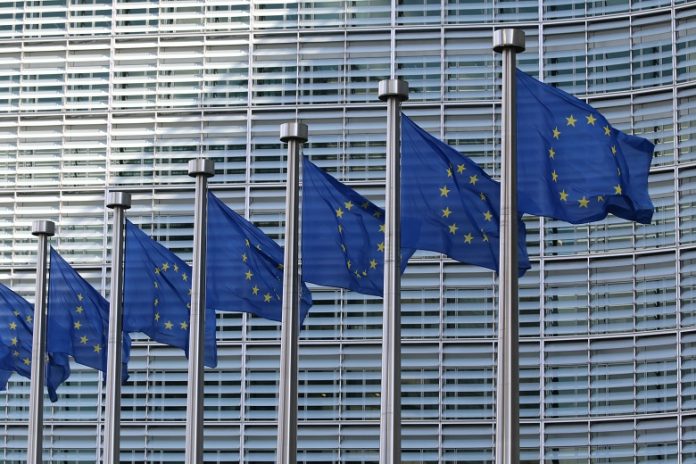The Craft and Industrial Geographical Indication (CIGI) Regulation enters into force. It marks a significant milestone in the protection of the names of European craft and industrial products that rely on the originality and authenticity of traditional skills from their regions.
The Regulation will harmonise the protection of valuable European craft and industrial products, such as Limoges porcelain, Solingen knives, Carrara marble, or Madeira embroidery.
Protecting craft and industrial products at EU level
Unified EU-Wide Protection: Names of craft and industrial products that meet the necessary requirements for CIGI protection will now be safeguarded at the EU level through a single registration that covers the entire EU territory. Previously, for instance, producers of ‘Burgundy stone’ had to register their Geographical Indication in each EU Member State, if available, to combat infringements. With the CIGI Regulation, craft and industrial producers can now obtain protection in all 27 EU Member States with just one Geographical Indication registration.
Examination and registration: This will be done in two phases: Producers will first file their Geographical Indication applications to designated Member States’ authorities, who will then submit successful applications for further evaluation and approval to the European Union Intellectual Property Office (EUIPO). A direct application procedure to EUIPO will also be possible for Member States that obtain a derogation from the Commission, if they have no national evaluation procedure in place or lack interested producers. The Commission will retain the possibility to decide on a Geographical Indication application in certain cases.
Prominent Geographical Indication Labelling: Craft and industrial producers will have the opportunity to showcase their protected Geographical Indication names by displaying a distinct logo on their products. This labelling will enable consumers to identify Craft and Industrial products with specific characteristics linked to their geographical origin, helping them make informed choices when purchasing these products.
Enforcement and quality control: Producers will be able to self-declare compliance of their products with the product specifications. Public authorities will have to carry out controls and checks in the market for products bearing the registered Geographical Indication name to avoid abuses, both online and offline, including on internet domain names. A deterrent system with fines for infringements is also foreseen.
International Opportunities: The Regulation will facilitate the internationalisation of European Craft and Industrial products by providing Geographical Indication protection for EU producers in markets of third countries that are Parties to the World Intellectual Property Organization (WIPO) Geneva Act and under bilateral trade agreements. This means that EU Craft and Industrial producers will have the ability to seek international protection for their products’ names, enhancing their global competitiveness. Third country producers will also be able to seek protection under this new EU scheme for their well-known craft and industrial products that comply with the EU requirements.
Regional Advantages: The new regulation will support the development of Europe’s rural and other regions by providing incentives for producers, especially SMEs, to invest in new authentic products and create niche markets. It will also help to retain unique skills that might otherwise disappear, particularly in Europe’s rural and less developed regions. Regions will also benefit from the reputation of the Geographical Indications. This will offer an economic diversification to EU regions into which craft and industrial products are deeply integrated, helping to protect skills, jobs and traditional know-how while boosting tourism, and their economic recovery.
Next Steps
Member States, the EUIPO, the Commission and stakeholders will have two years to prepare for the full application of the new system which is foreseen for December 2025. Existing national craft and industrial product geographical indications will cease to exist one year after the date of application of the Regulation.
Background
The regulation is one of the key proposals under the Intellectual Property Action Plan, which was presented by the European Commission in November 2020. The proposal builds on calls from producers, regional authorities, the European Parliament, the European Economic and Social Committee, and the Committee of Regions, asking the Commission to create a regulatory framework for the protection of craft and industrial products.
A provisional political agreement was reached by the European Parliament, Council and Commission in May 2023 and was formally approved by the European Parliament and the Council in October 2023.
European Geographical Indication protection has long been established for agricultural products like Champagne or Prosciutto di Parma. However, while sixteen Member States have a system of protection of craft and industrial products, such a system was lacking at the EU level.
The absence of a unitary Geographical Indication protection framework for craft and industrial products in the EU led to variations in legal protection across different EU Member States. Recognising this disparity, the CIGI Regulation aims to rectify this situation and harmonise the protection of these valuable European products.






































